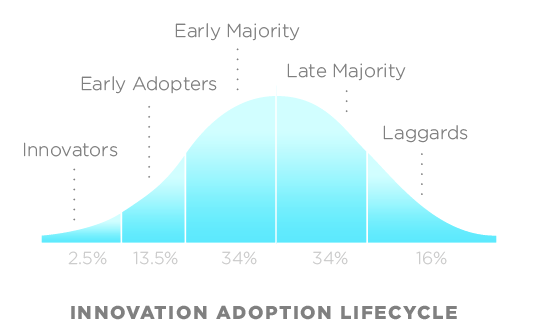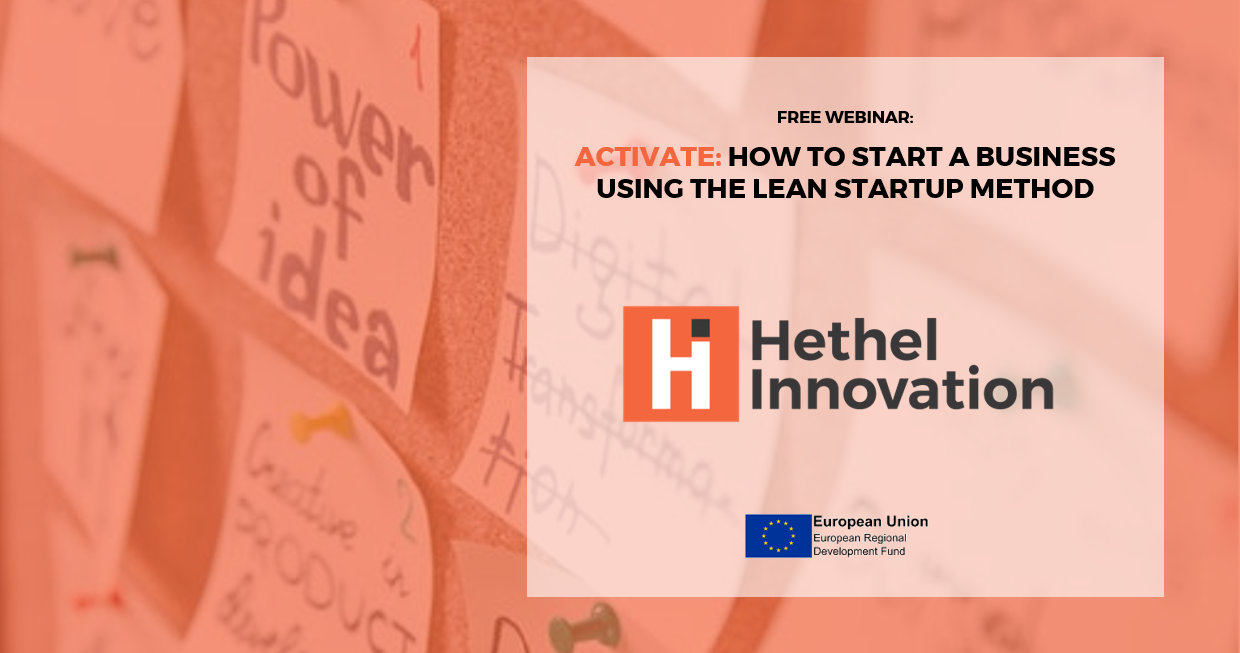Starting a business can be a very scary thought. Starting a business with limited finances and experience even more so – but it can be done very effectively. In fact there’s a whole startup movement dedicated to it. In this blog we introduce How to Start a Business with No Money!
“My father gave me a very small loan in 1975, and I built it into a company that’s worth many, many billions of dollars” – Donald Trump, 2016
That ‘very small loan’ was $1m – not all of us are so lucky Donald. However, starting a business does not have to be an expensive experience, and depending on your frugality, it can be done extremely effectively.
Like every logical story, we’re going to quickly revisit post-WWII Japan, a resurgent country rebuilding its automotive sector. Japan’s manufacturing sector drew great inspiration from Ford’s innovative assembly line, one of those being Toyota, however a desire to implement a similar assembly line was hampered by financial shortcomings. A mindset of continuous incremental improvements alongside a focus on maximising customer value allowed Toyota to develop their own ‘Ford assembly line’, today known as the Toyota Production System.
Fast forward to the 90’s and 00’s in Silicon Valley, Eric Ries is a software engineer. He is part of a team whose projects fail due to an inability to understand the needs of the customer. Over $40m of financing and a team of near 200 develop There.com, a failed gaming platform. The lesson – listen to your customers and make adjustments. The birth of the Lean Start-up methodology.
Today, There.com is a thriving virtual community with players from around the world!
By reading this blog we’re assuming you’re not lucky enough to be handed a $1m loan, or to be part of a $40m project – which is the perfect place to start.
Assumptions: What is it that you are trying to create?
A fundamental concept of the Lean Startup methodology is generating assumptions and confirming or rejecting hypotheses. “Will customers pay ‘X’ to receive ‘Y’?” – and this doesn’t have to be so direct. An assumption of “Do customers believe the existing solution ‘X’ is accessible and affordable?” is just as effective, but where do we start? Our customers.
Start with the most important part of the business, the one that dictates all of your future decisions – your customers. Eric Ries’ whole philosophy is that by listening to your customer, feedback can be received to influence decisions. Particularly powerful when developing new products and services, it can also be used to drive business growth decisions. By listening to your customer and learning what they want, a solution can be designed that delivers ‘perfect value’. No Money = No Problem.
Customers: Who are we looking to gain feedback from?
When looking to introduce a new type of smartphone to the mass population feedback from a technophobe will not be useful. Sorry Nan. Look for the early adopters, those who can provide valuable information to help shape the delivery of early iterations. Looking at the curve below it can be seen there are a large majority who are not interested in the solution quite yet but by searching for early adopters, invaluable feedback can be gained. This feedback can be used to drive decisions. Your early adopters might be relatives, a neighbour, sports club members. It might even be the Hethel Innovation Team – we can give the feedback needed!

Product/Service Development: Let’s get building. Right?
So, information has been gained from the early adopters who have expressed an interest in your idea and have given valuable feedback. Now you can start creating your MVP. < Insert joke about your favourite American sport >. The MVP (Minimum Viable Product) looks to build a solution with just enough features to satisfy the early adopter and provide useful feedback for future iterations. If making furniture the MVP may be a drawing or a model made from clay. A marketing agency may be creating a website for a friend. A food stall may create smaller taster bites.
By creating low-cost solutions that allow instant feedback to be recorded we can ensure iterations aren’t needed when it is more costly to do so later down the line. It also ensures that when changes are made earlier on, an established customer base is not disrupted. Developing incrementally with MVPs lowers development costs, accelerates the route to market, and ensures a product which matches the needs of the customer = creating perfect value.
Social Media: Who is out there already doing it?
.Social Media is a powerful tool for small businesses and start-ups. This does not require money to get going. Have a look using relevant hashtags to find businesses providing a similar product/service. If you need competitor research or a feasibility study conducted Hethel Innovation can help.
Social Media is aso a really effective way of tesing your MVP. Create a mockup, send out a survey or even tease a launch date. See how people respond and adapt accordingly. A great example of social media being used to demonstrate an MVP is DropBox who posted a teaser video of their platform. Medium.com have written a great article here
The Lean Start-up is a powerful approach to accelerate idea development, whether that be for the creation of something completely new or introducing a new product or service to an existing catalogue. Not only does the Lean Start-up accelerate idea development, it encourages continuous improvement and allows mistakes to be made early on while customers are more understanding, leading to a more comprehensive and effective offer in the future.
Get Involved: Launch your Lean Startup with us in Activate!
Our Activate workshops introduce you to the Lean Start-up methodology, and in a collaborative environment, show you how to start a business with no money. For more information, see our events page to see upcoming sessions, or contact Jordan.



